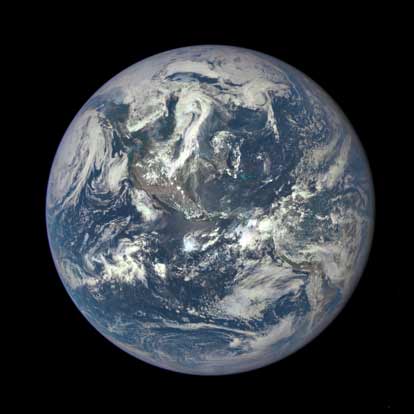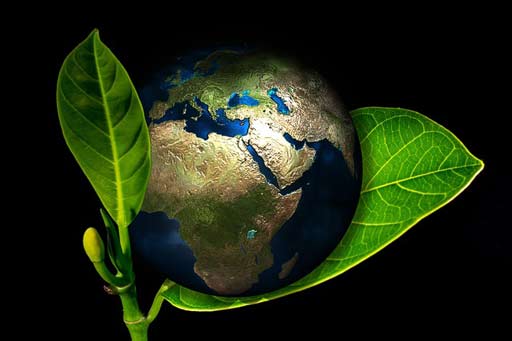Earth to have another super continent in next 200 million years claims study

Even though many changes are happening rapidly on the surface of the Earth, but the changes inside it happen at a slow but continuous pace. This includes changing of structure of our continents. Our scientists have learned a lot about the evolution of the Earth through decades of study. And now they have started anticipating its future as well. According to a recent study, the climate change happening in the Earth can convert the scattered continents into two big continents in the coming 200 to 300 million years.
The evolution of the Earth began 4.56 billion years ago and since then there has been a continuous change in its size and climatic conditions. In the development of the Earth, the activities of its tectonic plates have contributed a lot, due to which large continents have been taking shape. Due to these activities new mountains and plateaus are also formed. Geologists have predicted the occurrence of a phenomenon called Pangaea Proxima based on changes in recent tectonic activity in new research.
Based on the study of climate effects, speed of rotation, etc., on Earth’s tectonic plates, scientists have assessed two possible situations. In one of these situations, a supercontinent will be formed in the lower latitudes. Near the equator, a vast landmass would accumulate, which would be called Aurica, while the other continents would move into the northern hemisphere and form a second supercontinent at the North Pole, which would be known as Amasia.
In this situation, there will be another special thing that there will be no change in the condition of Antarctica subcontinent. Scientists have also given the reason for this. They say that the average surface temperature of this region is very different from other areas. Nevertheless, the study says that the formation of Aurica will have a great impact on Earth’s landforms. It was told in the study that there is also a difference of several degrees Celsius in the mean surface temperature in both the situations. Along with this, the total surface area is also different in both the situations in which the presence of liquid water throughout the year would be possible.
In this study, the researchers used the solar luminosity, the speed of rotation of the Earth, tectonic plate, due to which the researchers found that there is a lot of difference in terms of climate between the two conditions. Researchers linked this to large-scale climate changes. Apart from this, it has also been told in the study that at that time large ice sheets will also be formed due to which the rays coming from the sun will be reflected in more quantity.









